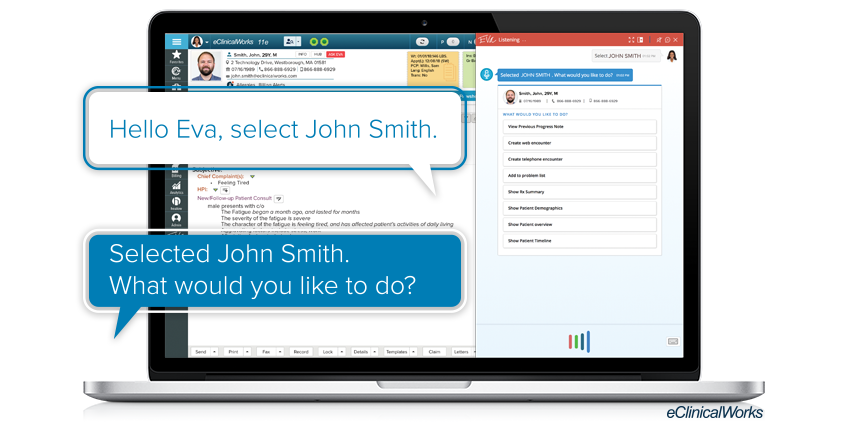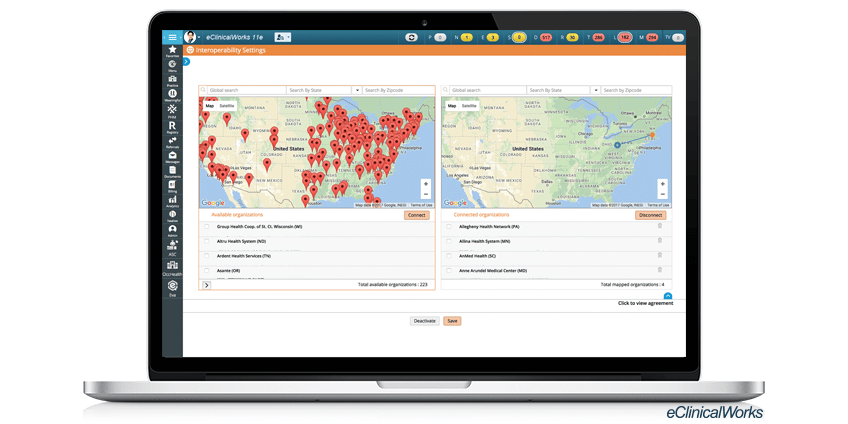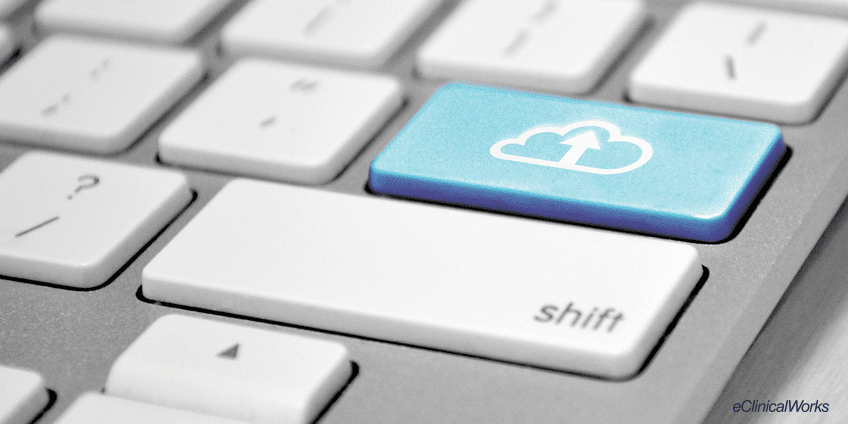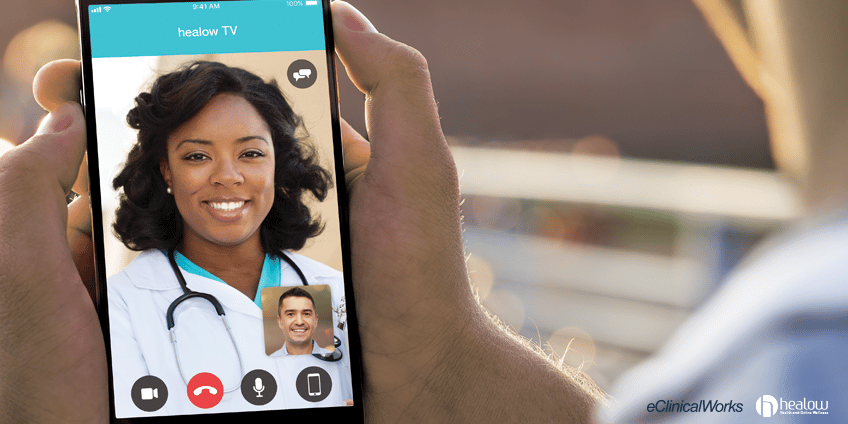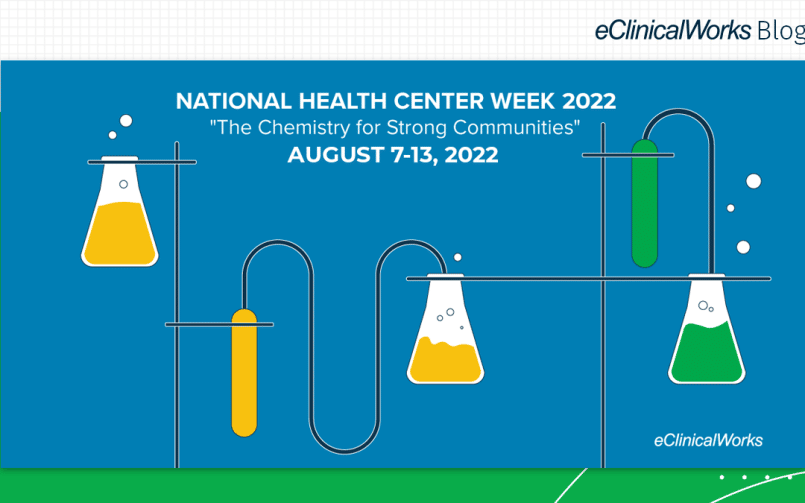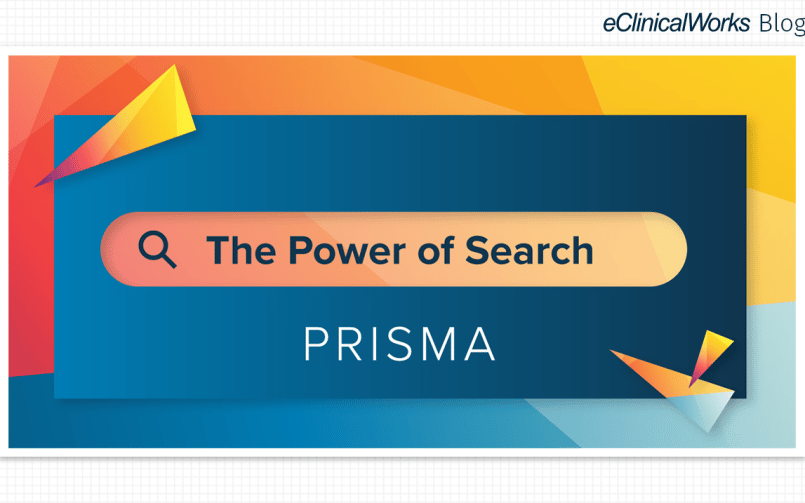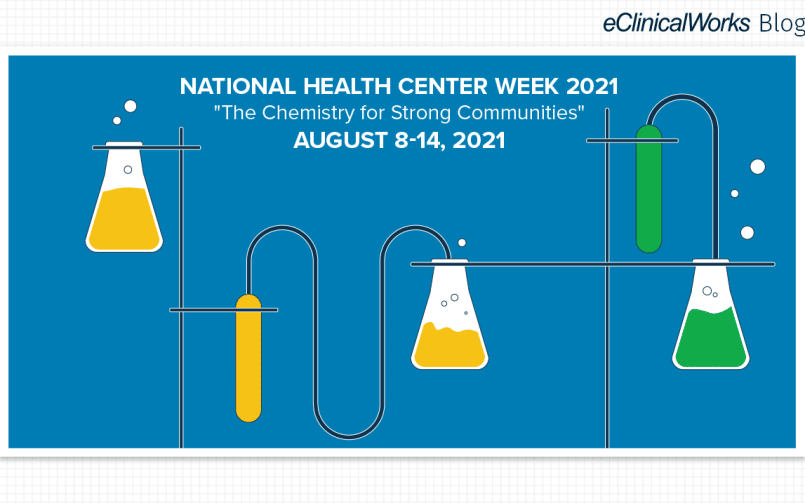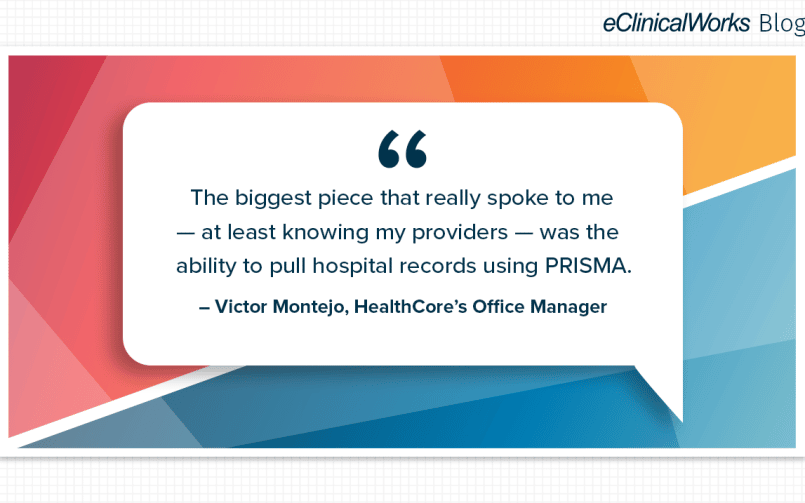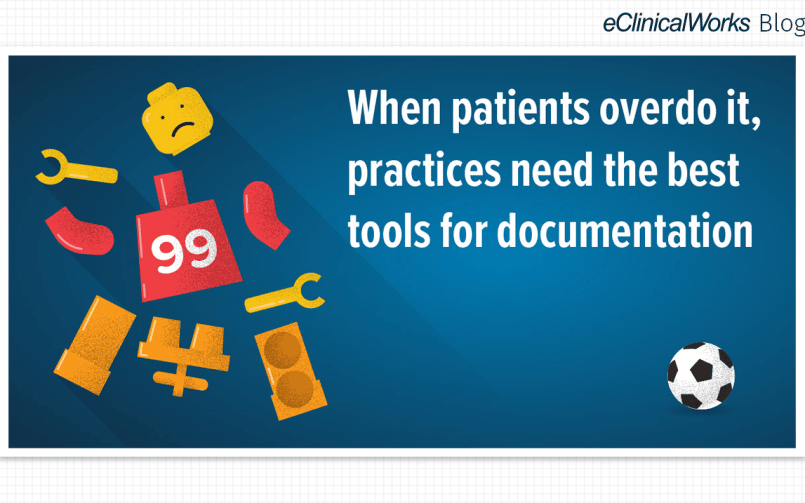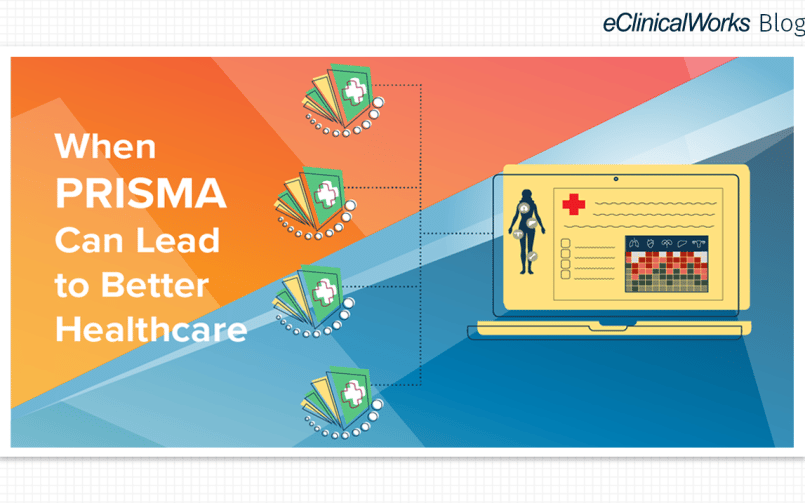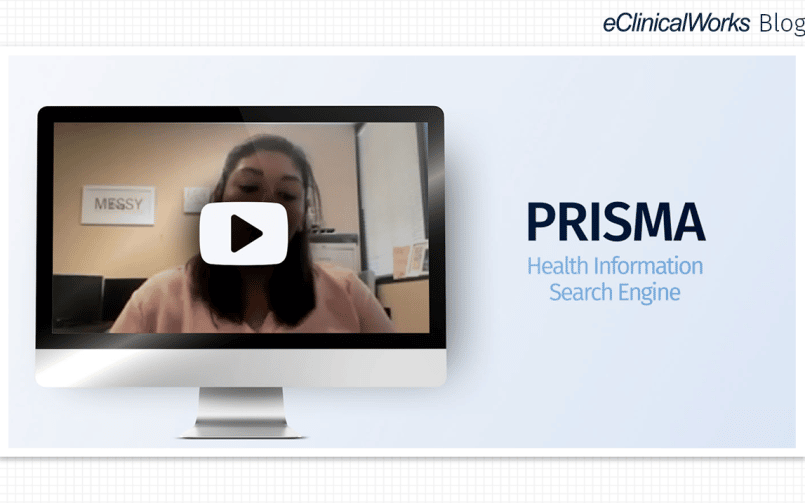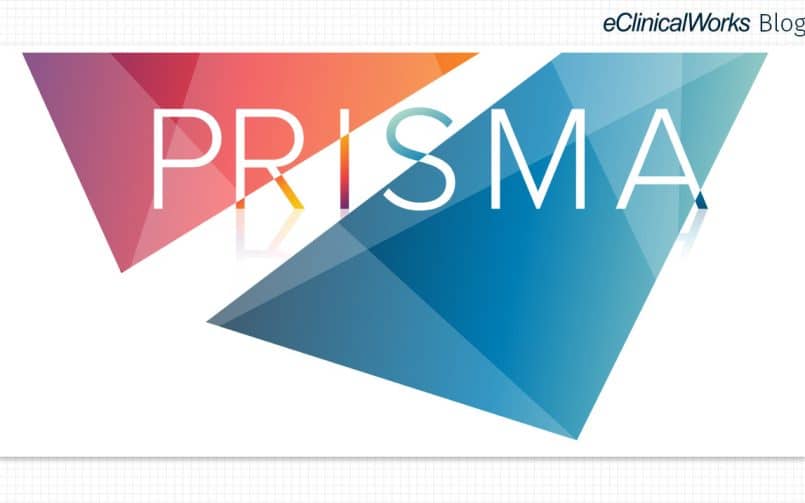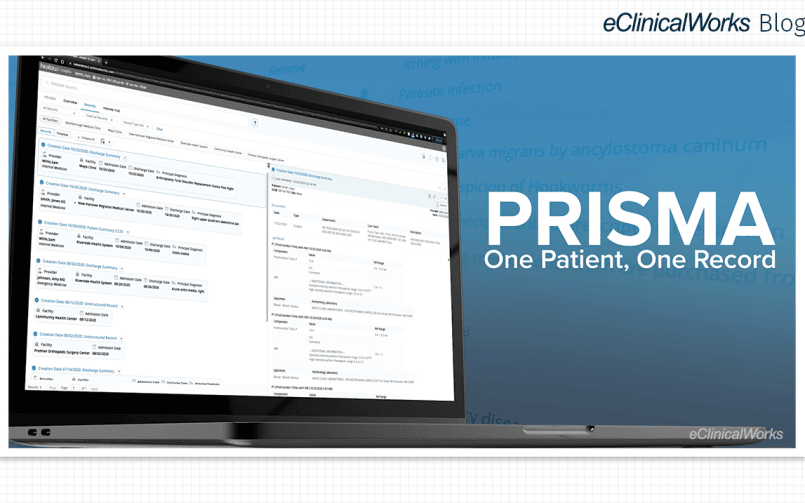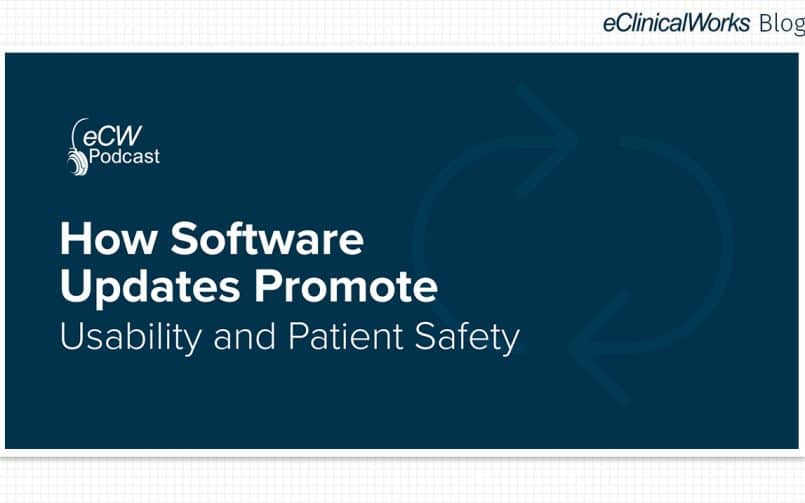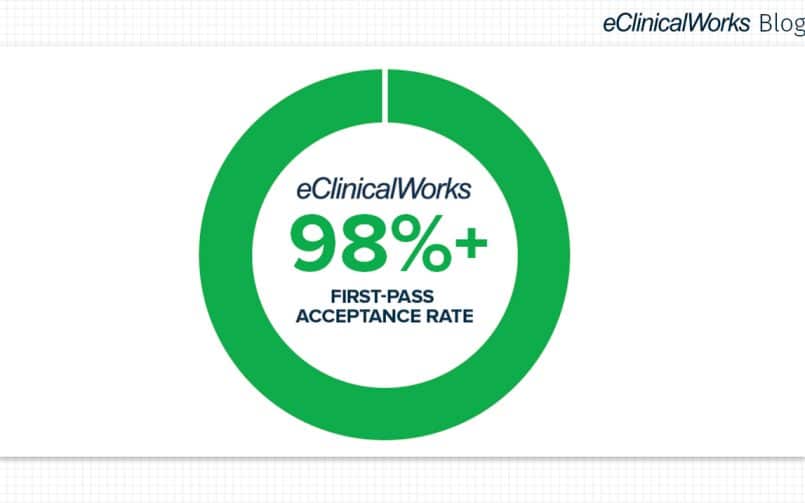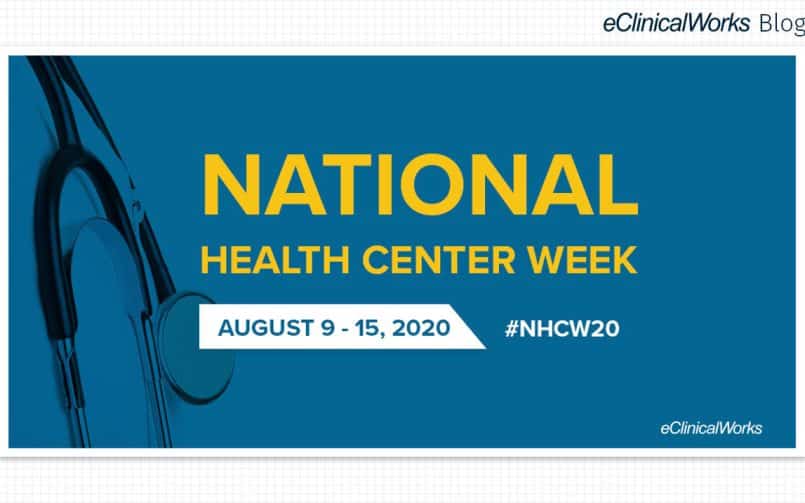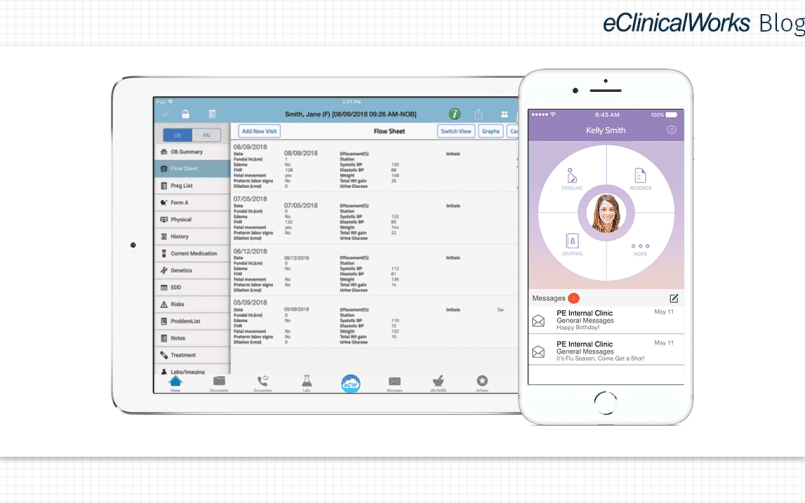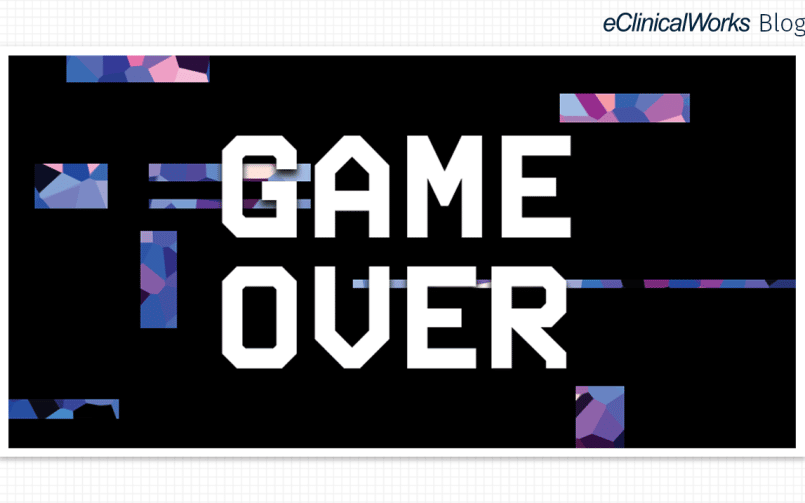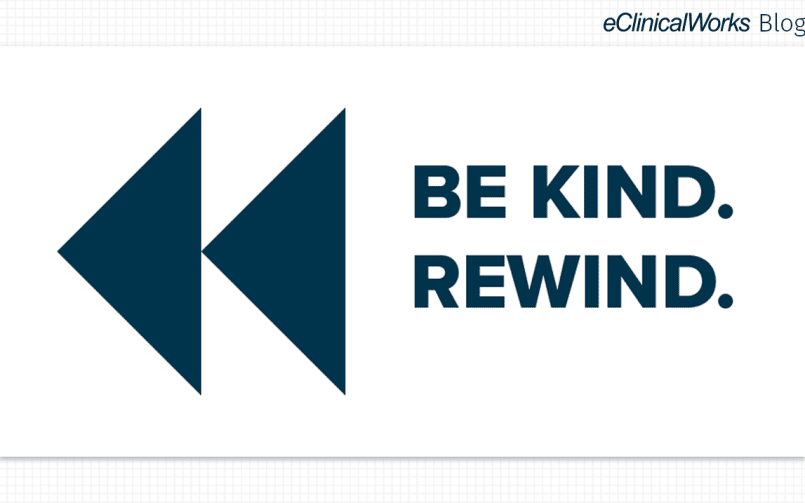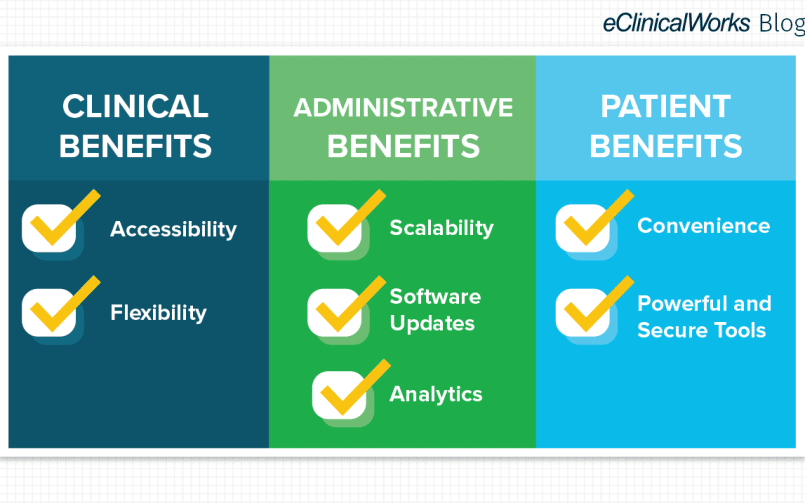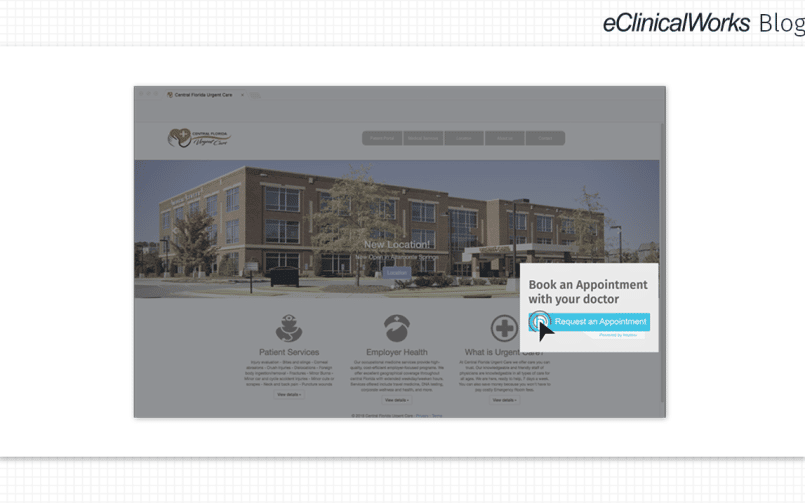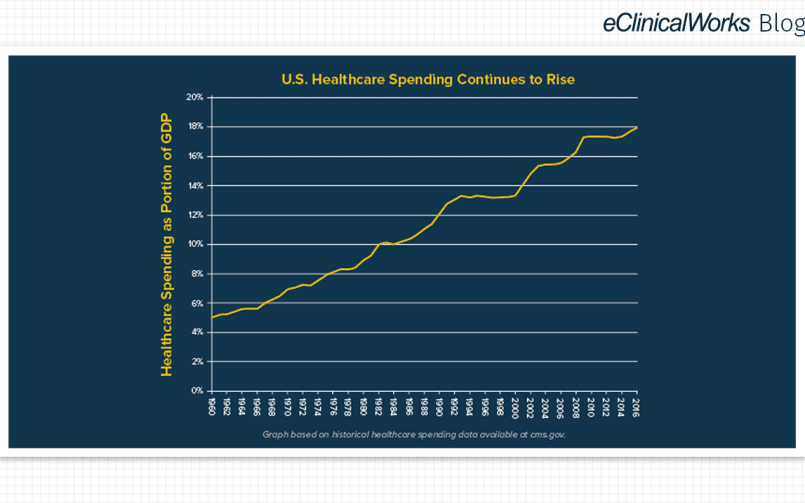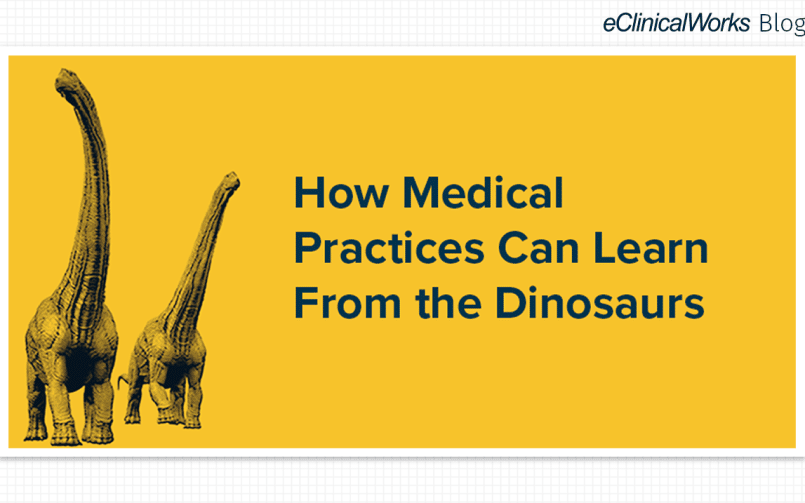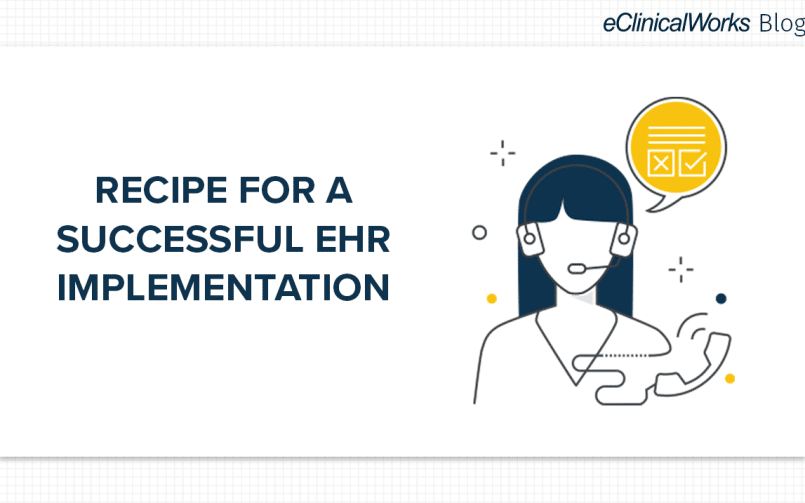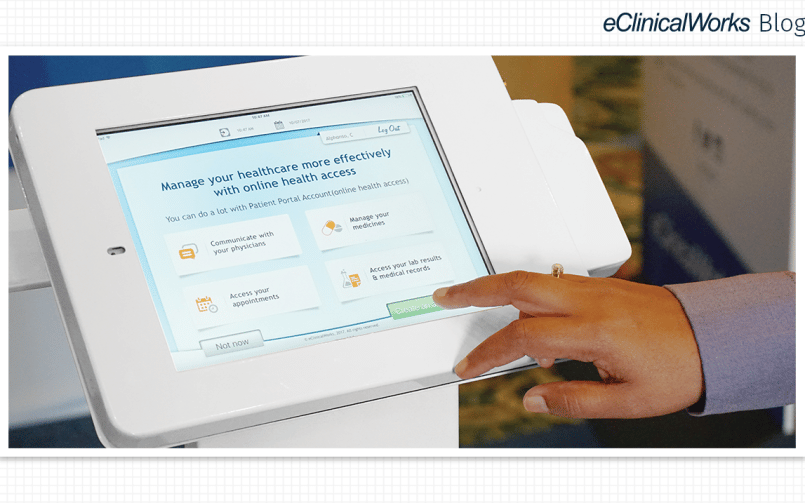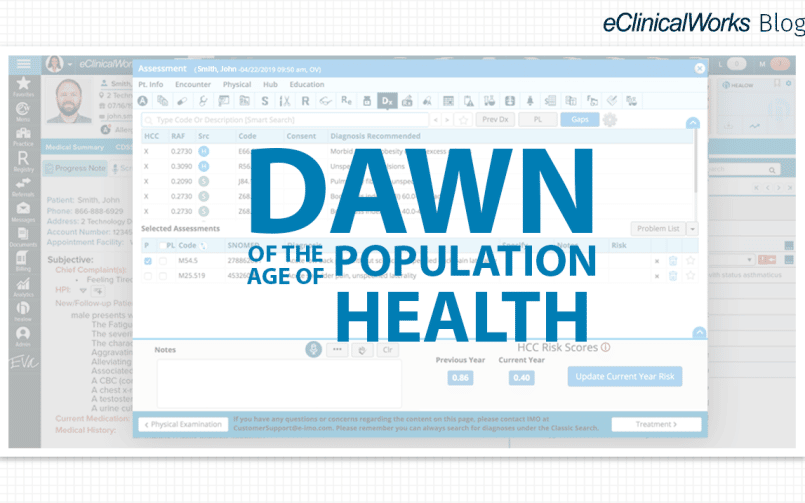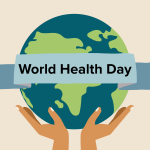Emerging Technologies, Emerging Understanding
- 2 August 2019
- Blog
eClinicalWorks
Each year brings new technologies and breakthroughs in healthcare. But to ensure accurate understanding among patients, healthcare providers need to have and share realistic perspectives on technological advances. In short, what’s real and what’s hype?
The ABCD’s of Healthcare Progress
The following four areas have seen real progress, are likely to see more, and are directly or indirectly promoting better care and outcomes.
A is for artificial intelligence, which continues to grow in applications throughout healthcare. The use of robots — for surgery and in assistive roles in homes and medical practices — continues to grow.
Also, with an estimated 4 trillion gigabytes of healthcare data generated annually, AI is playing an ever-larger role in data mining to help guide clinicians.
AI applications have accurately diagnosed many conditions, including skin cancers, eye diseases, autism, and tuberculosis. Results should still be reviewed by physicians, confirmed through testing, and communicated to patients face to face.
B is for blockchain technology, a distributed, decentralized system for storing peer-to-peer interactions that is helping protect the accuracy and security of data.
“Blockchain technology has the potential to transform health care, placing the patient at the center of the health care ecosystem and increasing the security, privacy, and interoperability of health data.” ¹
C is for cloud computing, the use of off-site data centers and computer resources, letting practices reduce staff IT costs and ensuring that access to patient data is not compromised in case of a power loss or disaster.
Cloud computing provides essentially unlimited storage capacity, and the ability to store, process, and access videos and images more quickly — and less expensively — than on-site storage.
A private cloud such as that offered by eClinicalWorks offers the additional advantages of private storage, multiple data centers, and upgrades at the practice’s convenience.
D is for “doctors at a distance,” or telemedicine, which is helping to facilitate access to care when a physical office visit is difficult or inconvenient and not medically necessary.
Telemedicine solutions, including healow TeleVisits, have been available for some time, but they continue to grow in sophistication, including the ability to integrate data from personal fitness devices. The growth of the “Internet of Things” promises broader and deeper interaction between technology and EMRs.
Insurers’ growing willingness to reimburse providers for non-face-to-face healthcare services is another indication of the shift to patient-centric care, putting the convenience and needs of individuals first.
See how an eClinicalWorks practice in Florida is using telemedicine to better serve families dealing with ADHD.
¹ https://www2.deloitte.com/us/en/pages/public-sector/articles/blockchain-opportunities-for-health-care.html




